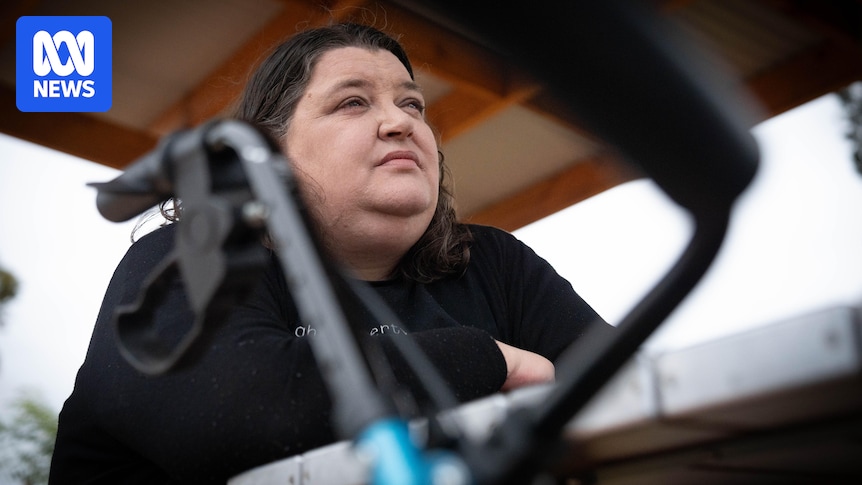
Melissa Fisher, an Adelaide resident reliant on unemployment benefits, finds herself grappling with the harsh realities of poverty. “It’s really hard … you’re making choices that nobody should actually have to make,” she confides to The Business. Her story is not unique; during the early days of the COVID-19 pandemic, a temporary “coronavirus supplement” doubled welfare payments, momentarily lifting many Australians out of poverty.
However, the relief was short-lived. In March 2021, the supplement was discontinued, and thousands of families slipped back into financial distress. This policy reversal occurred despite research suggesting that eradicating poverty might be more cost-effective than sustaining it.
Understanding the Hidden Costs of Poverty
The complexity of poverty’s financial implications lies in the delayed realization of preventable costs. Gianni La Cava, research director at the e61 Institute, emphasizes the societal burden of maintaining poverty. “We know that there are big costs associated with maintaining poverty, not just for the affected individuals, but for society as a whole,” Dr. La Cava explains to the ABC.
The COVID-19 pandemic served as a “real-world experiment,” demonstrating the impact of government support programs. “We know it lowered hardship a lot. We also know that people spent a lot of that increase in income, so it potentially stimulated the economy,” Dr. La Cava adds. The supplement, costing $20 billion over 12 months, significantly boosted the economy by increasing consumption by an estimated $4.5 billion to $5 billion.
According to the Grattan Institute, the COVID supplement temporarily raised the JobSeeker rate above the Henderson poverty line.
The Economic Impact of Child Poverty
In November 2024, the NSW Council of Social Service published a groundbreaking report quantifying the economic costs of child poverty in New South Wales. The findings were staggering: child poverty costs the state $60 billion annually, including $25 billion in direct costs to governments and the economy, and $34 billion in health and life expectancy-related costs.
These figures highlight the broader societal impact of poverty, which extends beyond individual hardships. Kristin O’Connell from the Antipoverty Centre underscores the communal benefits of adequate income support. “Giving people enough money to live has immeasurable value in their lives and in the whole community,” she asserts.
Melissa Fisher’s experience during the pandemic illustrates this point. With increased income, she could afford nutritious food, necessary medications, and gym visits, leading to improved health. However, the end of the supplement forced her back into difficult choices, impacting her well-being and potentially increasing healthcare costs for taxpayers.
Policy Implications and Future Directions
The federal government’s Economic Inclusion Advisory Committee (EIAC) recognizes the inadequacy of current welfare payments. It notes that the low JobSeeker rate could hinder workforce participation, as poverty itself is a barrier to employment. The committee suggests raising JobSeeker payments to 90% of the age pension, which could improve economic participation without reducing employment incentives.
Hayley Winchcombe from Mandala Partners highlights the broader benefits of such an increase. Her research shows that raising JobSeeker payments could lead to significant improvements in health, education, and social outcomes, delivering a $24 social return for every $100 invested.
Increasing JobSeeker payments for 20,000 people would cost $301 million, generating a $72.3 million social return.
Despite these findings, the government has only modestly increased welfare payments. Social Services Minister Tanya Plibersek points to various initiatives aimed at reducing poverty, including increased pensions, rent assistance, and targeted programs. However, advocates argue for more substantial reforms to truly address poverty.
Melissa Fisher believes the solution lies in policy choices. “I think lifting people out of poverty is a policy choice. That’s all it is, and the government could make that choice,” she concludes.
The debate over poverty alleviation continues, with research increasingly supporting the notion that investing in people yields both social and economic dividends. The challenge remains for policymakers to translate these insights into actionable strategies that benefit society as a whole.







